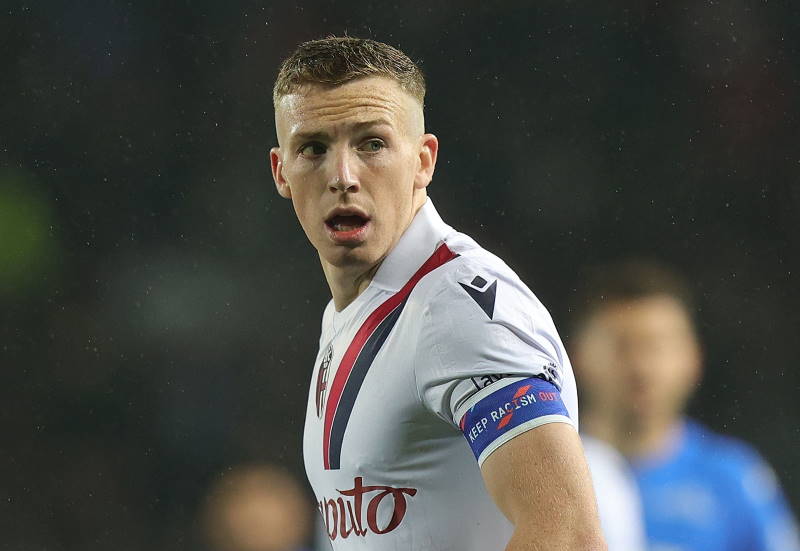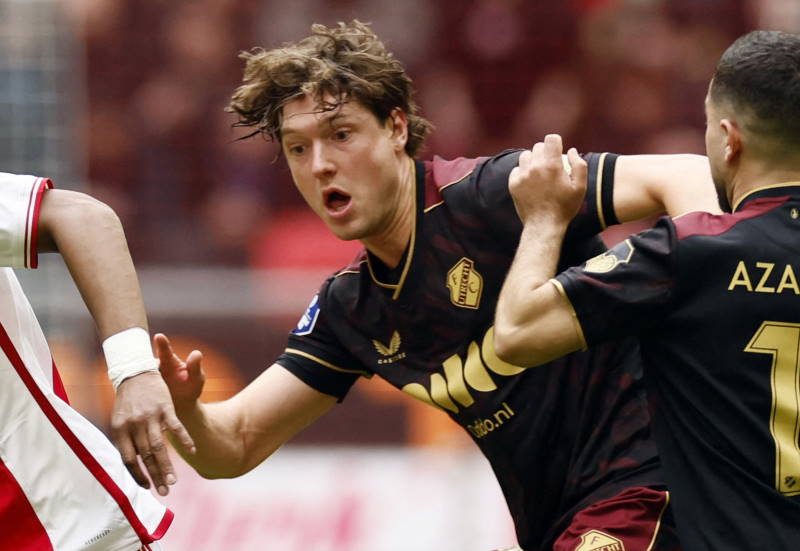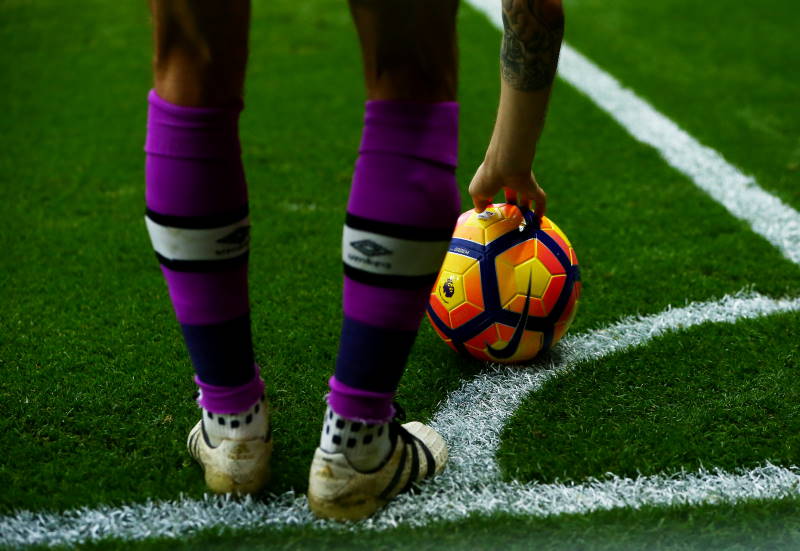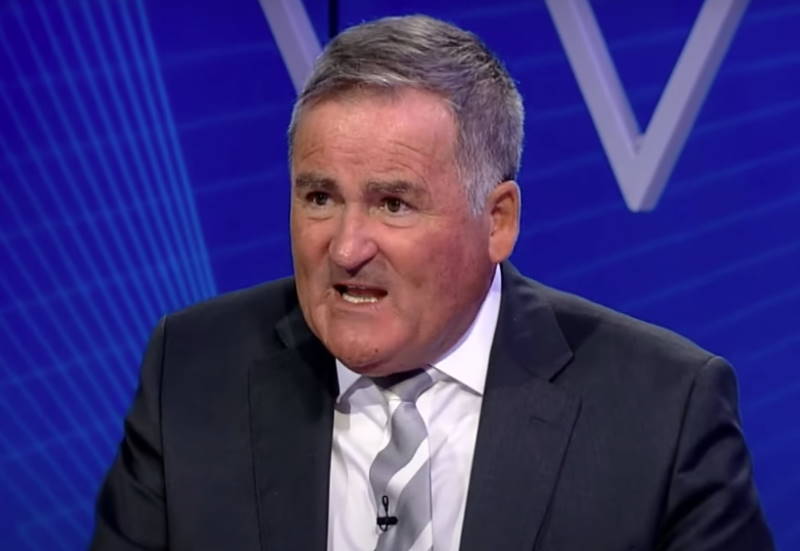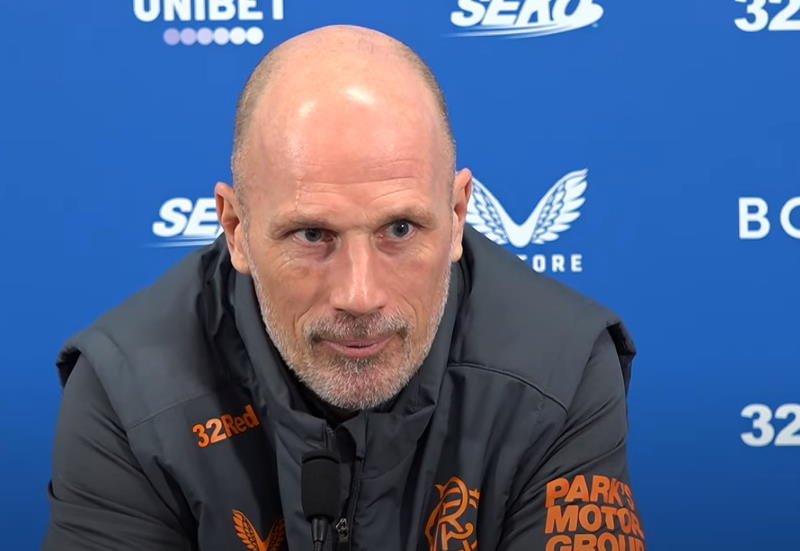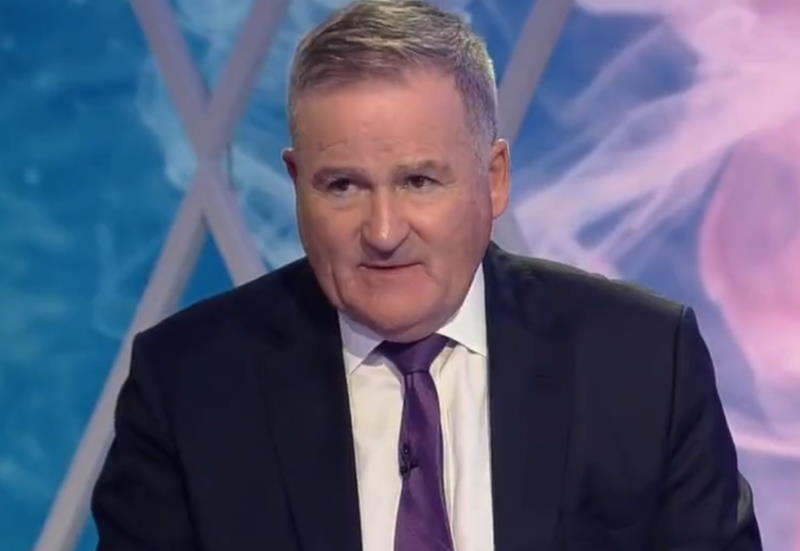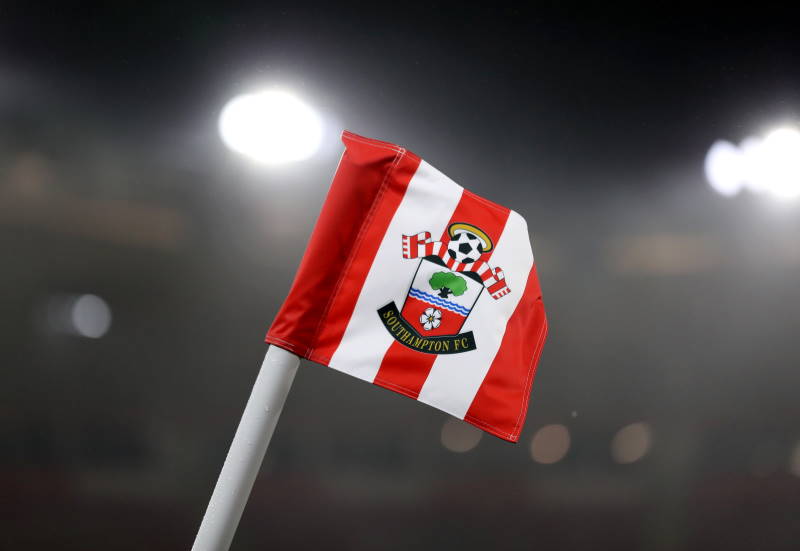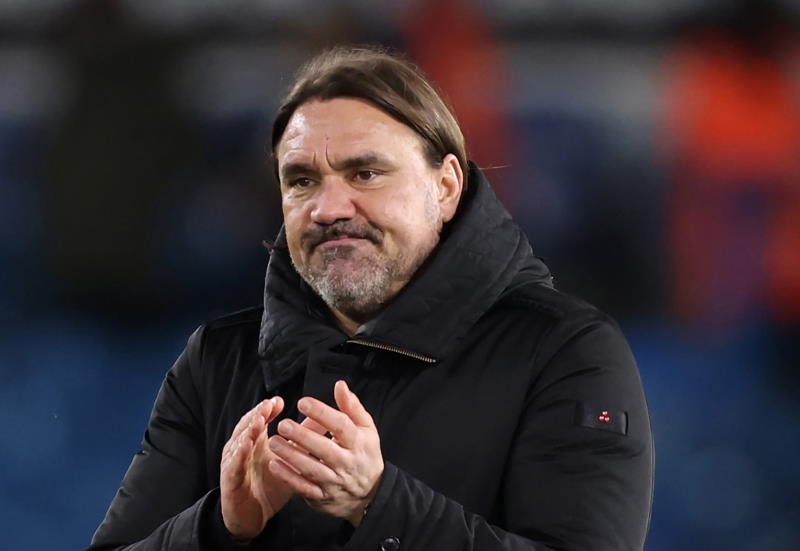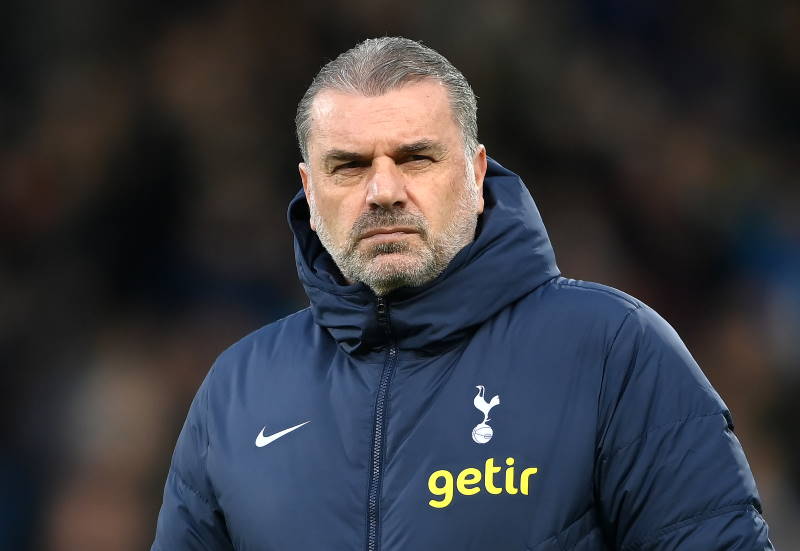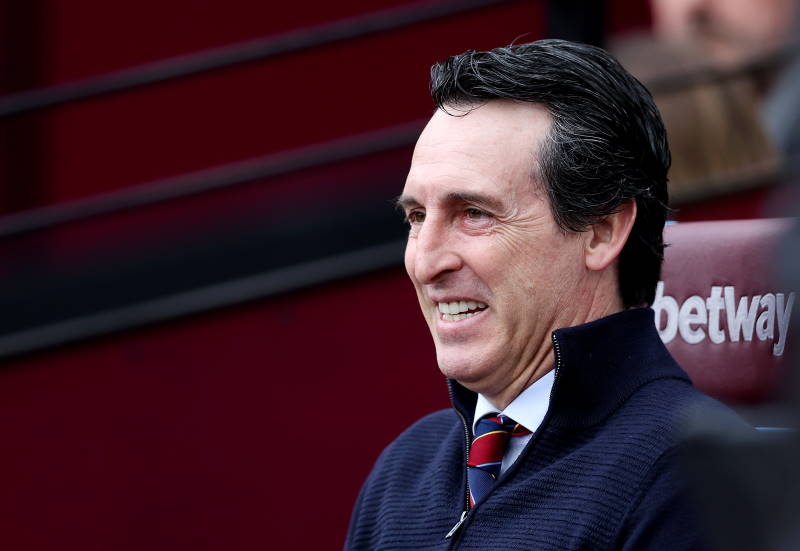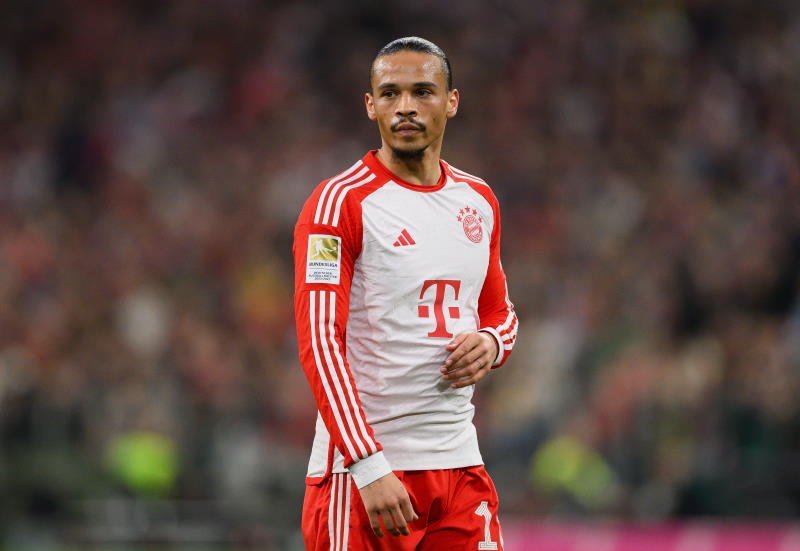
The appointment of Gerardo ‘Tata’ Martino as head coach of Barcelona marks the first occasion since Vanderlei Luxemburgo left Santos to join Real Madrid in 2004 that a major European club has plucked a coach straight from South America. But while Luxemburgo was a feisty character transplanted into a difficult situation in the dying embers of the Galactico era, Martino’s manner and playing philosophy appear well suited to the Catalan giants.
As a player for Newell’s Old Boys, Martino was a midfielder of great intelligence, attentive to the methods of his coaches. In 1990, Marcelo Bielsa arrived and changed Martino’s conception of the game. Bielsa demanded verticality in possession and high-octane pressing whenever the ball was lost. At the age of 29, Martino was forced to adapt, to run more than he ever had before. "I knew that if I didn't change, I wouldn't play”, he said years later.
The essential principles of Bielsist thinking have been evident in the teams Martino has coached to date. This was particularly the case at Newell’s, whom he returned to in January of 2012 having turned down a more lucrative offer from the Colombian Football Federation. He transformed the club – constructing an attractive, energetic side who finished ninth, then second, then first in his three tournaments in charge. They were a breath of fresh air in the often stodgy Argentinian domestic game.
Lining up in a 4-3-3 formation, Martino’s Newell’s moved the ball quickly but accurately from defence into midfield, consistently creating forward options for the man in possession with varied, systematised movement. The full-backs pushed forward, the central midfielders drifted between the lines and the forward three regularly exchanged positions.
Out of possession, Newell’s pressed doggedly, forcing their opponents into errors and taking advantage with quick transitions when the ball was won. Their similarity to teams coached by Bielsa was clear and Martino’s grounding in this style of play makes him a good fit for a Barcelona squad already initiated in these concepts by Josep Guardiola, a keen admirer of Bielsa.
But while comparisons to Bielsa are unavoidable, particularly in light of Martino’s strong physical resemblance to his former coach when dressed in training gear and seen pacing the length of his technical area, Martino is far from a copycat. Unlike Bielsa, who remains wedded to a man-marking system, Martino prefers to employ zonal marking, and he has also displayed a pragmatic streak, most clearly with Paraguay during the 2011 Copa America.
Indeed, his impressive work with the Paraguayan national team, who also reached the quarter-final of the 2010 World Cup, shows that Martino is capable of adapting his tactics to suit the situation at hand. Although he preaches the importance of attack, his defences have generally been well organised, and Barcelona are unlikely to suffer similar embarrassments to the humbling 7-0 aggregate defeat to Bayern Munich in the semi-final of last year’s Champions League.
Some South American coaching imports have struggled to deal with the multi-cultural nature of European squads, with, in recent years, only Manuel Pellegrini, who was surrounded by Spanish speaking players at Villarreal, making a true impact on the European game. Martino, though, is an excellent communicator and with the majority of the Barcelona squad hailing from the club’s academy, elsewhere in Spain or South America, this is unlikely to be a problem.
He will also have a vocal supporter in the Barcelona dressing room in the form of Lionel Messi, who is thought to have strongly recommended his fellow Rosarian for the role. Messi’s family are all supporters of Newell’s, the club with whom he trained as a youth, and Messi, then eight, was part of an on-pitch presentation of the club’s youngest players at half-time of Martino’s final match for Newell’s in 1995.
Getting the best out of Messi is clearly the key to ensuring Barcelona are in the hunt for trophies next season, but it will also now be Martino, rather than Tito Vilanova, who will have the task of effectively incorporating both Messi and new signing Neymar into the starting eleven. Martino has never had such an embarrassment of riches at his disposal before, but is a canny enough operator to come up with a way of getting the best out of both of them.
The last time a South American coach won the Champions League was in 1965, when Helenio Herrera, one of three previous Argentines to have coached Barcelona before Martino, led Internazionale to a second consecutive crown. Otto Gloria, Fernando Riera, Juan Carlos Lorenzo, and most recently, Hector Cuper have been beaten finalists, while Pellegrini reached the semi-finals with Villarreal back in 2006.
A humble man, Martino will have no pretensions of breaking that drought at this moment in time and will first concentrate on settling into his new surroundings and assessing his playing staff. But once the preliminaries are over and the season gets under way, the Blaugrana faithful can be sure that becoming the first South American coach in almost fifty years to lift the Champions League trophy will be a goal he will strive for.
Like to bet on football? Pay Inside Bet a visit!


